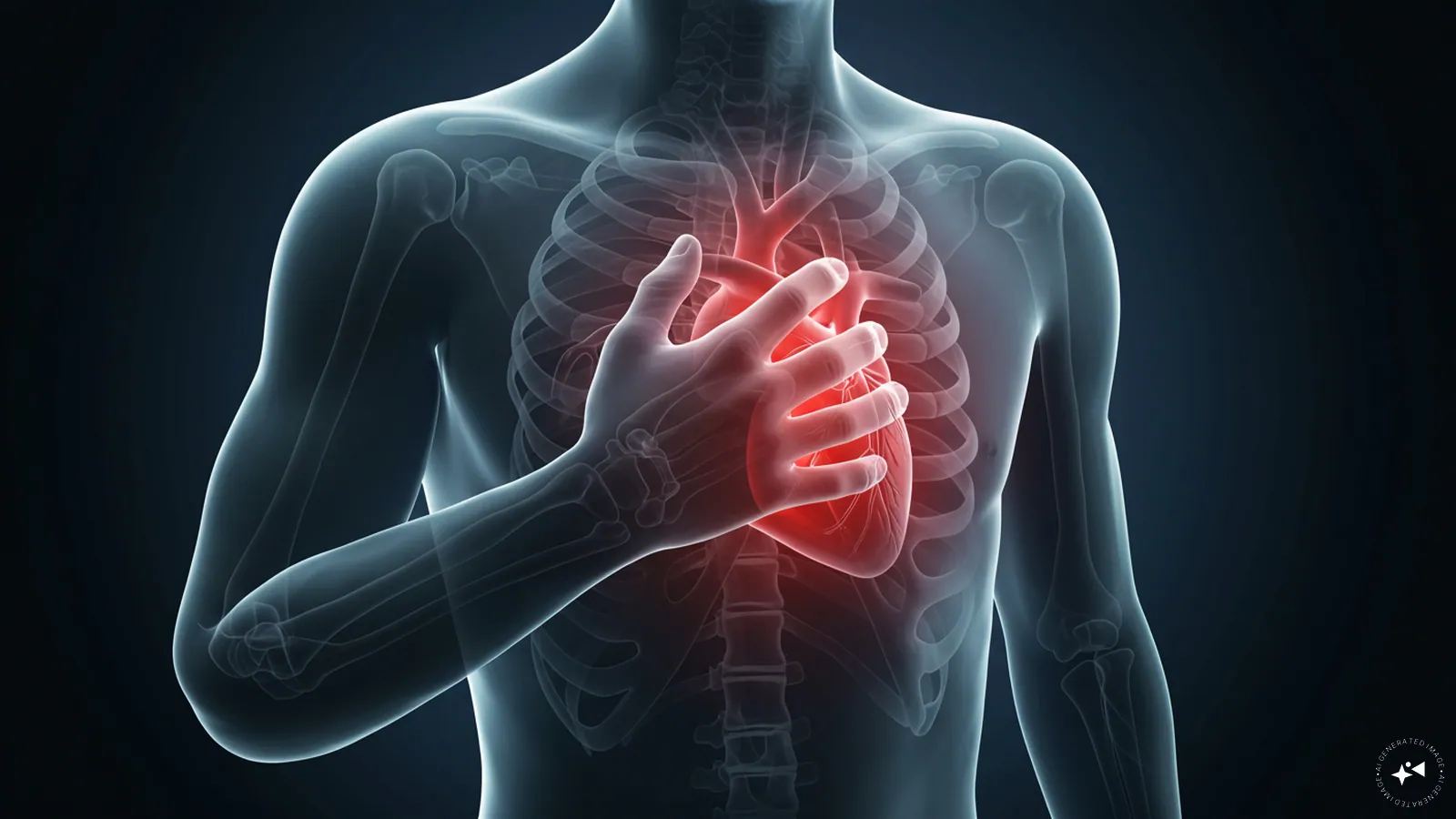By News18
The sudden death of television actress and model Shefali Jariwala, popularly known as the “Kaanta Laga girl,” at the age of 42 due to cardiac arrest has once again stirred public concern over the rising incidence of heart-related ailments in India. While such cases involving young celebrities make headlines, data and doctors reveal a deeper and far more widespread crisis: a growing epidemic of cardiovascular disease affecting Indians – not only rich but also poor in far-flung areas.
Heart ailments no more a rich man’s disease
According to the latest data under the central government’s flagship Ayushman Bharat (PM-JAY) scheme, the maximum number of claims are for an angioplasty procedure that involves putting stents in the arteries of the heart to remove blockages, which could prove fatal. The scheme serves as health insurance for the bottom 40 per cent population of India – who are extremely poor and vulnerable, busting the myth that heart ailment is a rich man’s disease.
The data shows that a whopping Rs 1051 crore has been spent by way of claims under the scheme so far on the procedure named ‘PTCA inclusive of diagnostic angiogram’. This is the procedure to perform angioplasty after an angiography is conducted that shows blockages in one’s heart. As many as 1.05 lakh patients across the country have undergone this procedure under Ayushman Bharat scheme, implying a spend of Rs 1.05 lakh per patient.
In comparison, chronic haemodialysis, though more common with over 15 lakh cases, has led to a lower cumulative spend of Rs 560 crore. The figures clearly indicate that cardiac procedures, though fewer in number, demand significantly higher financial resources — underlining the scale and severity of India’s growing heart problem.
In fact, several published studies highlight urban versus rural shift of heart ailments.
Urban CHD (coronary heart disease) prevalence climbed from roughly 1 per cent in 1960 to 9–10 per cent in 2016 and rural prevalence went from less than 1 per cent to 4–6 per cent, according to a study titled “Trends in Coronary Heart Disease Epidemiology in India” published in medical journal ScienceDirect.
A 9-fold increase in urban CHD over four decades and around 2-fold in rural areas highlights rapid lifestyle transition.
“Five-fold increase in heart procedures”
Cardiologists across India are reporting a dramatic surge in cardiac emergencies, especially among young adults.
Dr Asit Khanna, Principal Consultant and Director, Cath Lab and Cardiology, Yashoda Super Speciality Hospitals, Kaushambi, told News18, “The heart-related procedures at my facility have increased 5-fold in 7 years. It was 50 cases in 2018 (when I joined Yashoda), now it’s 250 cases per month.”
Dr Prashant Pawar, Consultant Cardiology at Fortis Hiranandani Hospital, Vashi, also noted a worrying trend.
“Cardiovascular diseases have increased over the past 5 years. On average between 2016-2020, I used to see around 30 to 40 heart attack cases in a month. Over the past 3-4 years I see around 60-70 heart attacks cases in a month. Out of these heart attacks, 30-40 per cent patients are below 40 years and have blood clots (they have more thrombus),” he said.
The picture emerging from these accounts is alarming: more young Indians are suffering from heart attacks, and when they do, their condition is often more severe.
Supporting this clinical experience is market data from research firm Pharmarack, which confirms that cardiac drugs are now the top-selling segment in India’s pharmaceutical market. The segment has grown at a steady 5-year CAGR of 10 per cent, and antihypertensive medications now make up half of all cardiac-related drug sales.
What’s more concerning is that categories associated with more serious cardiac complications and hospitalisations are growing in double digits. “Drug sales patterns indicate a disturbing shift in age trends, with cardiac problems increasingly affecting people in the 30–40-year age group, compared to the 50–60-year age bracket in earlier decades,” said Sheetal Sapale, vice president, commercial, Pharmarack.
The data shows that the sales of heart failure therapies stood at Rs 717 crore in May 2021, which jumped to Rs 1322 crore in May 2025 — almost doubling in four years.
India’s ‘Silent Epidemic’ of NCDs
The Apollo Hospitals’ Health of the Nation 2024 report labels the spike in noncommunicable diseases (NCDs), especially cardiovascular diseases (CVDs), as a “silent epidemic.” According to the report, CVD cases in India jumped from 380 lakh in 2005 to 641 lakh in 2015 — and the number continues to rise.
Apollo’s annual report 2023-2024 shows that in 2019, lifestyle-linked risks such as unhealthy diet, high blood pressure, high cholesterol, and obesity contributed to 27 per cent of India’s total disease burden, compared to 21% in 2010. These risks are directly linked to conditions like ischemic heart disease and stroke.
